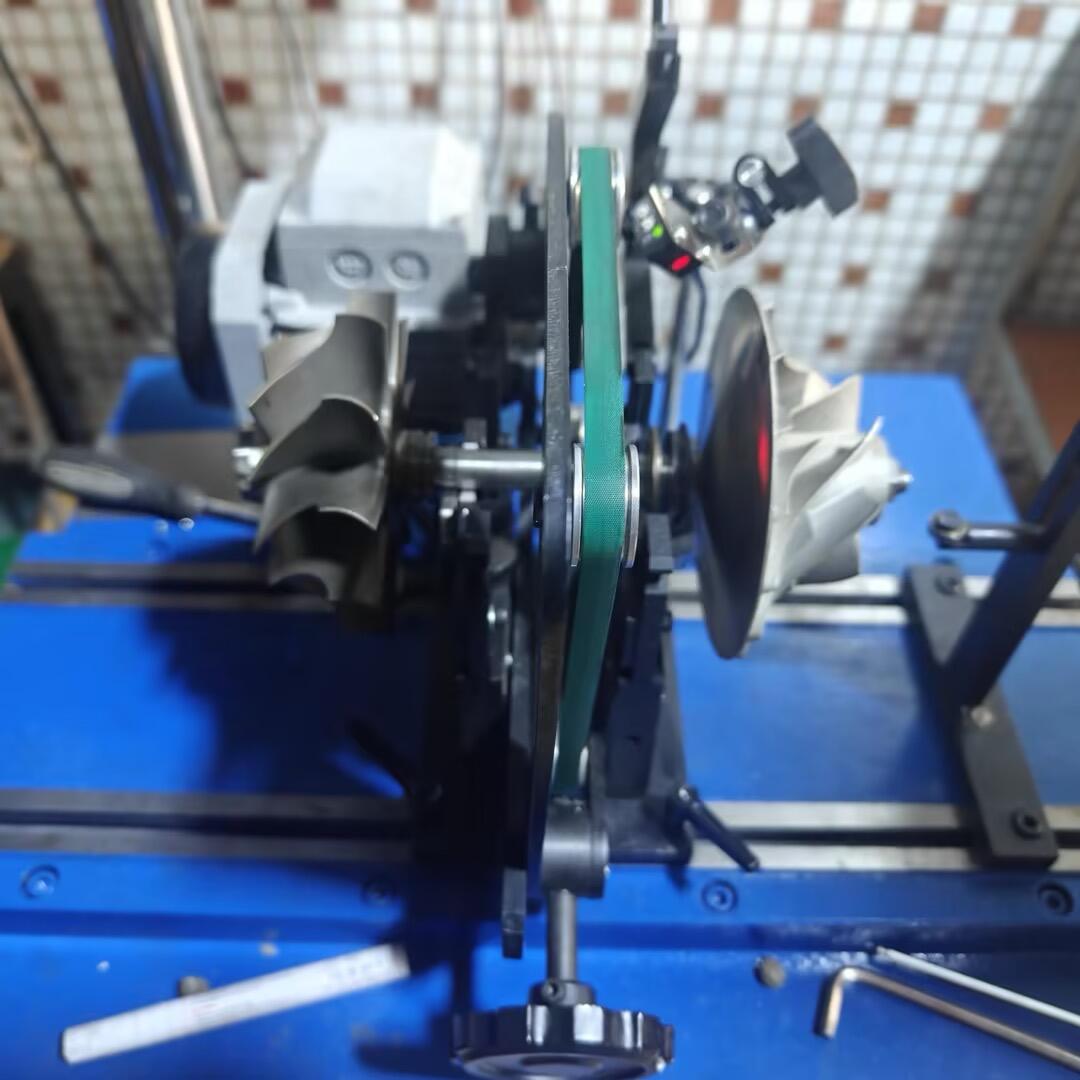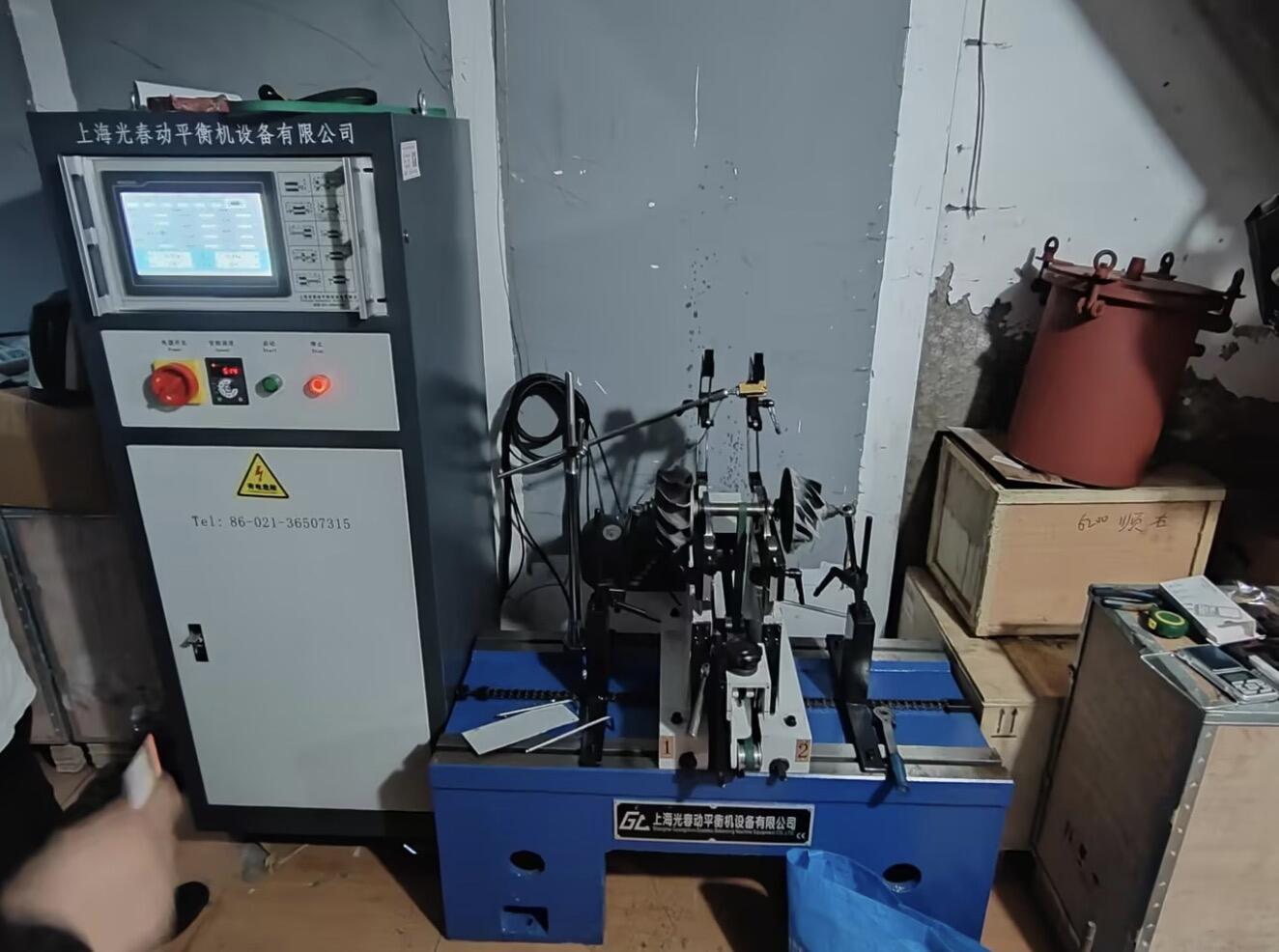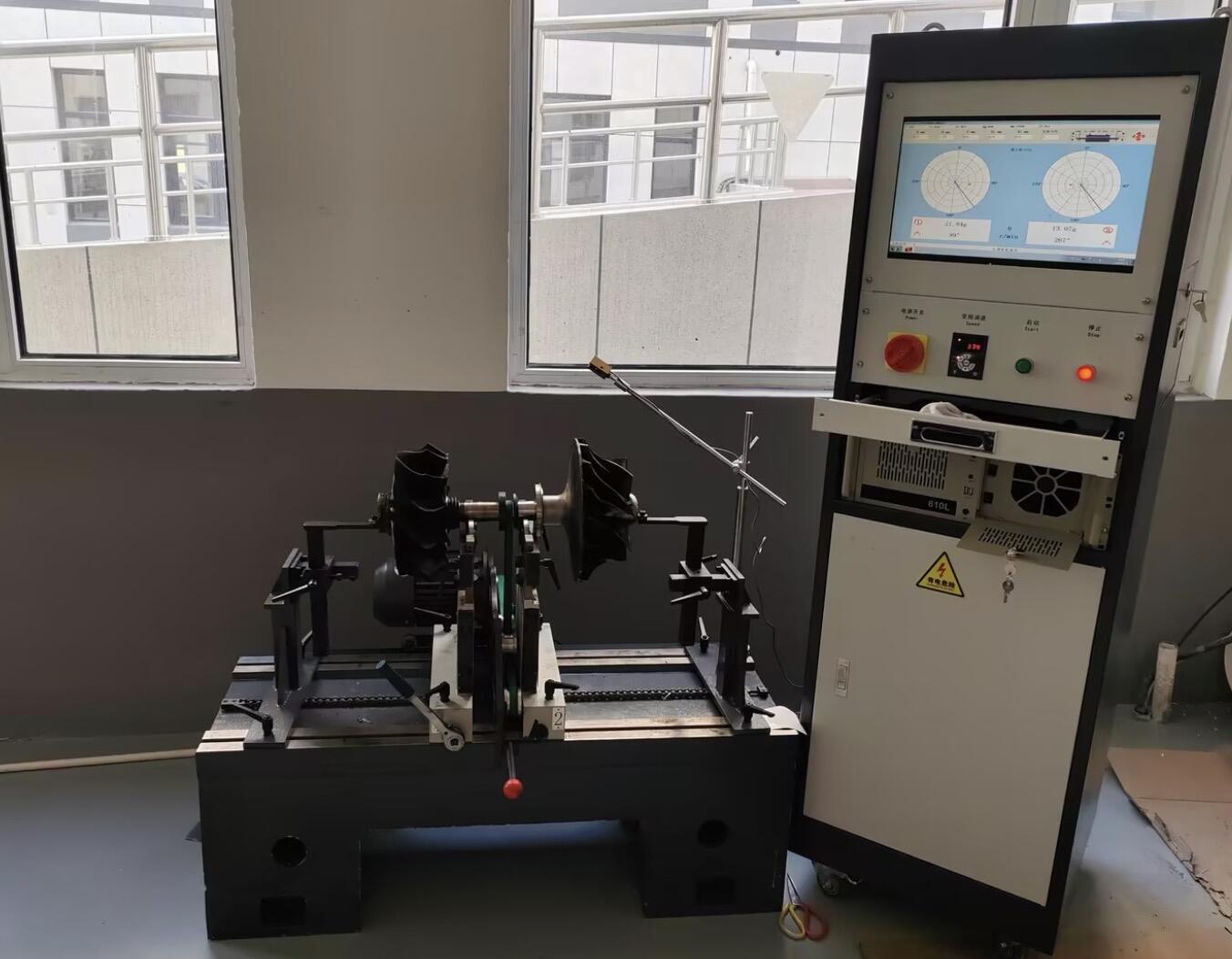turbo balancing machine
A turbo balancing machine is a sophisticated piece of equipment designed to ensure optimal performance and longevity of turbocharged systems through precise balancing procedures. This specialized machine measures and corrects imbalances in turbocharger components, particularly the rotating assemblies including turbine wheels and compressor wheels. Operating at speeds of up to 300,000 RPM, these machines utilize advanced sensors and computer-controlled systems to detect even the slightest vibrations that could impact performance. The machine employs both horizontal and vertical measuring planes to achieve maximum accuracy in identifying imbalance locations. Through high-precision measurements and automatic correction calculations, the turbo balancing machine ensures that turbocharger components operate within strictly defined tolerances. This technology is essential in automotive manufacturing, aerospace applications, and industrial turbomachinery maintenance, where even minimal imbalances can lead to significant performance issues. The machine's capabilities extend to handling various sizes of turbochargers, from small automotive units to large industrial applications, making it an invaluable tool in modern manufacturing and maintenance facilities.


